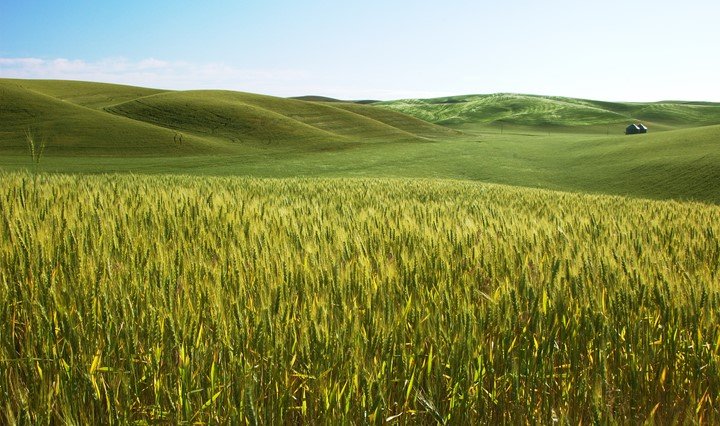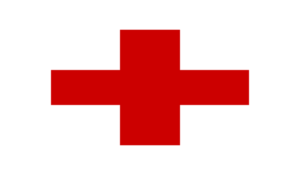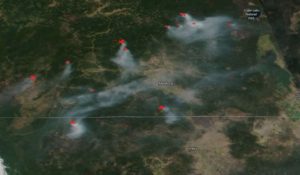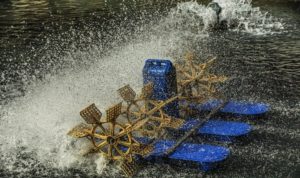The acquisition of data and information is easier than before in agriculture. Remote sensing does the work perfectly through various devices and techniques. The process of remote sensing involves the application of different methods such as photography, surveying, geology and such to collect data on soil structure on the land surface. Remote sensing used through devices where the devices do not come into physical contact with the land. There are various areas where remote sensing can be applied, agriculture is the most popular form. Basically, through various platforms, the sensors use the atmospheric pressure and the changing direction of the radioactive waves to collect information.
The many applications of remote sensing methods in the agricultural sector are as follows:
1. Forecasting
Through the usage of remote sensors, research can detect soil behaviors in accordance with the changing weather patterns. In this way, they can forecast the number of crops that can be harvested in the future at certain seasons. Given the right conditions, the researcher can correctly predict how the land will behave under certain conditions and thus apply necessary irrigation techniques for crop production. In this way, the growing demands of the crops can be met in a skillful manner.
Remote sensing allows researchers to find out the reasons behind crop damage. By using technology, the level of damaged crops can be measured and determined while allowing the farmers to necessary action to avoid or prevent such damages. The measure of kinetic energy from the surface of the land provides valuable information in this regard.
2. Crop Pattern Analysis
Remote sensing is a great technology for horticulture. In this manner, with the use of certain devices or instruments, various crop planting systems can be analyzed. By analyzing flower growth patterns, the horticulture industry can benefit from increased production and thus becoming more profitable in the market.
3. Lab Testing

Remote sensing paves the way for greater areas of research and development. Crop testing is a very common method. In cases, where crops show unusual or mysterious characteristics and patterns, with the use of remote sensors, such problems can be solved. By allowing more research with the crops to undertake, sever minerals and health benefits can be figured. Crop nutrients is an important factor where experts can also identify the possible degradation of nutrients to avoid any dangers. The data collected from these crops can be used to make ingredients for health-benefiting products or even medicine. Furthermore, such crop testing allows the researchers to understand the quality and health conditions of the crops. With the use of data, researchers can determine how good a particular farmland is doing or what needs to be done to make the land better for quality irrigation.
4. Conditions
With the changing weather patterns, agriculture is not as predictable as it used to be before. Through the use of remote sensing, such changing patterns in weather can be understood and necessary predictions can be made on what to expect in the future. In this context, using several methods through technology and medicine, the soil can be prepared a certain way so that crops can be harvested in the right amount. It is important for farmers to understand and predict the expected yield of the crops. Through the help of remote sensing, farmers can understand what to expect at a certain time when the weather condition may act a certain way.
5. Soil Moisture
The unpredictable behaviors in the crop harvest may be happening because of the soil moisture. When the climate is warmer than expected, the soil may start acting unpredictably. For this reason, determining soil moisture is very important, it is a difficult process without remote sensing technology. With the use of moisture data extracted through remote sensing, it is easy to determine the quality of the soil and what kind type of crops can be grown in the soil. Remote sensing technology also helps to detect the type of pest needed in the soil. It allows the right pest control mechanism to be used in the soil so that the crops grow in a healthy manner.
6. Management
Remote sensing also is a good tool for the farmland to have a proficient management and monitoring system. The vast array of data collected through remote sensing technology allows the owners to have an organized system through which the irrigation process can be managed and monitored. In this aspect, mistakes can be minimal and the whole production process is usually highly proficient and cost-effective. This is because, with technology, it can be ensured that the farmers are following procedures properly. Mapping is something that can be done properly with the help of the data collected from remote sensing. Farmers can determine which soil is good for growing certain crops with the help of remote sensors. Compliance practice is very common in this regard.
7. Rainfall Patterns
Rainfall pattern detection is an important element of crops harvests forecasting methods for the farmers. With the use of remote sensing, farmers can determine the patterns of rainfall and the time in between. This prepares the harvesters to harvest accordingly and plan beforehand in terms of measures that need to be taken during droughts. Remote sensing in the furthermost context can allow experts to determine land degradation possibilities in a certain area. With such predictions, farmers can prepare themselves accordingly without having to lose much financially. Determination of air moisture in terms of understanding the humidity of the area is also made possible with remote sensing.
There are many different technologies such as radars, lidars, and sensors that are usually used for various remote sensing purposes. Each technology has the definitive quality that measures electromagnetic wave patterns to provide researchers certain numeric information that can be used to make decisions. Certain weather satellites are also often used in broader scales to understand weather patterns and how they are impacting the soil and its moisture. Over the years, there have been a number of inventions of innovative measures that are improving the quality of crop production. This has been made possible by the greater qualities of the remote sensing technology. Experts say remote sensing is still in its infancy where the agriculture industry will definitely experience an exponential rise of this technology to make human lives way better in the future.



